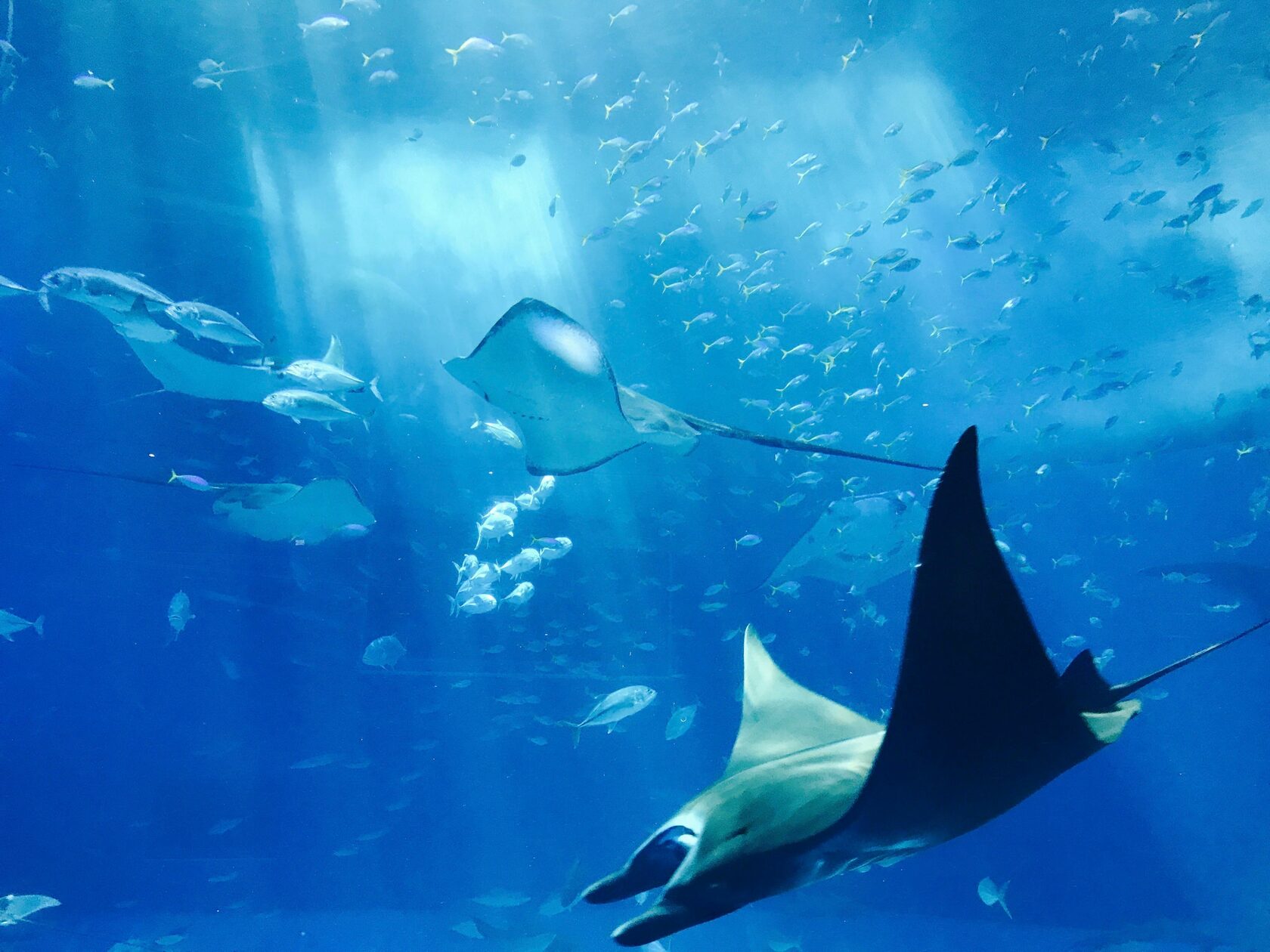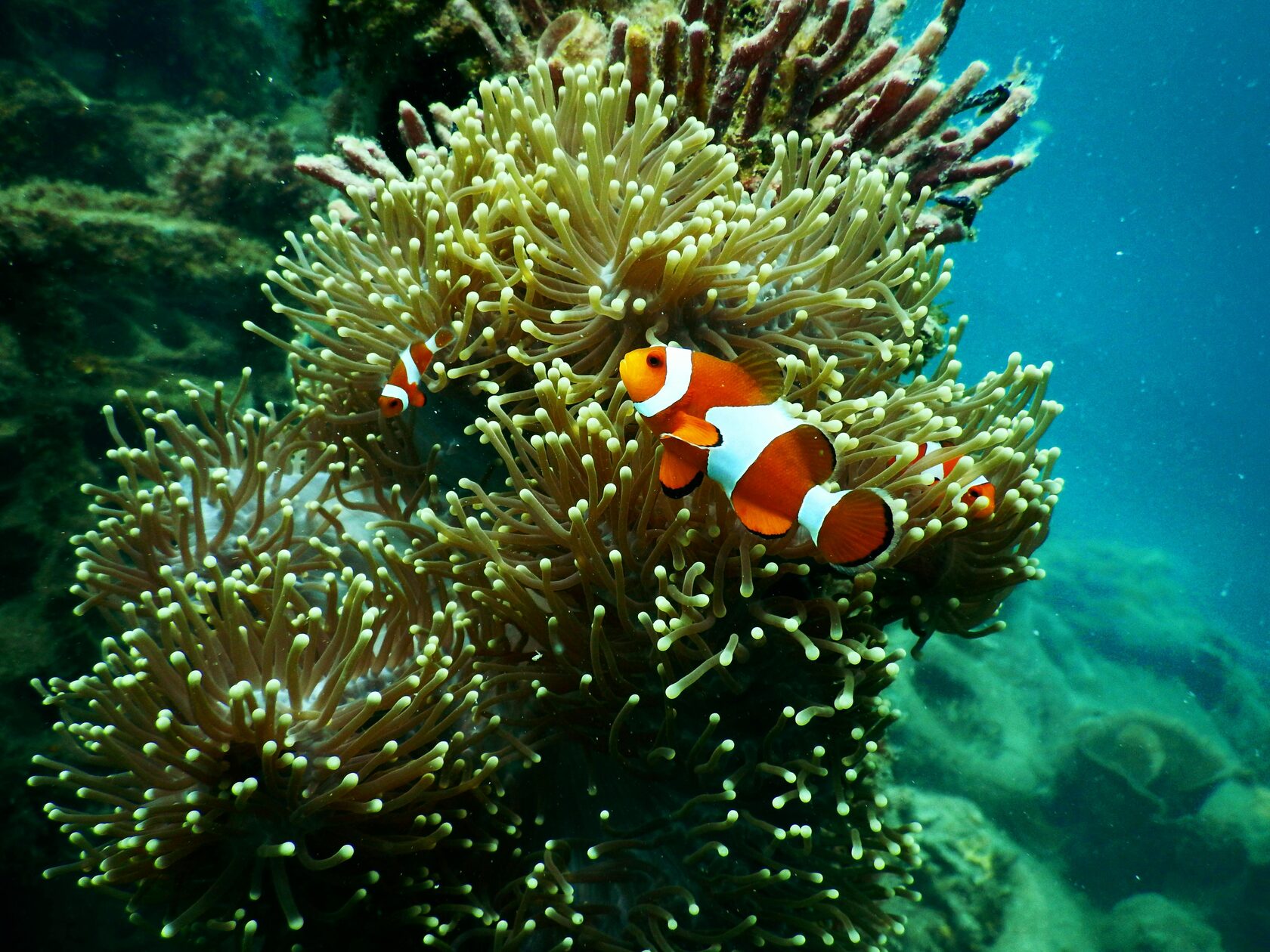
The 2025 United Nations Ocean Conference in Nice, France, and co-chaired by the governments of France and Costa Rica, represents the next critical chapter in a growing international movement to safeguard the health of our oceans. Building on the momentum of previous conferences in New York (2017) and Lisbon (2022), this summit comes at a pivotal time for global marine conservation efforts.
A Legacy of Rising Commitment
The first UN Ocean Conference (UNOC) in New York hosted by Sweden and Fiji in 2017 marked a breakthrough, placing Sustainable Development Goal 14—Life Below Water—firmly on the global agenda. As one of 17 goals adopted by all UN Member States in 2015 through the 2030 Agenda for Sustainable Development, SDG14 aims to “Conserve and sustainably use the oceans, seas and marine resources for sustainable development”. The first UNOC, centred on the theme “Our oceans, our future”, catalysed voluntary commitments, mobilised partnerships, and established the need for more coordinated ocean governance.
The second UNOC, hosted by Portugal and Kenya in Lisbon in 2022, deepened that resolve. With the UN Secretary-General António Guterres warning of a looming “ocean emergency”, the Lisbon conference highlighted the links between ocean health, climate resilience, and human well-being. It also stressed the urgent need to protect areas beyond national jurisdiction (ABNJ), where biodiversity is rich but regulation is fragmented.
Now, the third UNOC, to be hosted in Nice, France from 9 June to 13 June 2025 will build on that foundation. It is not just a follow-up—it is a decisive moment to transform past promises into binding commitments.
Why UNOC3 Matters Now
Set on the Mediterranean coast, the conference in Nice is expected to deliver concrete outcomes on several fronts:
- Advancing the 2023 UN Agreement under the United Nations Convention on the Law of the Sea on the Conservation and Sustainable Use of Marine Biological Diversity of Areas beyond National Jurisdiction (BBNJ Agreement), adopted in 2023, by encouraging ratification and identifying marine areas for immediate protection.
- Scaling up marine protection commitments, including recognition and support for different area-based management tools (ABMTs), like marine protected areas (MPAs) and other effective area-based conservation measures (OECMs).
- Strengthening links between ocean science and policy, through initiatives like the UN Decade of Ocean Science for Sustainable Development (2021–2030).
Crucially, Nice is a chance to bridge political will with scientific consensus and public pressure. It is a platform where governments, scientists, civil society, Indigenous communities, and youth can come together to forge real solutions to marine biodiversity loss, plastic pollution, ocean acidification, and climate-driven sea changes.
The theme for UNOC3 is “Accelerating action and mobilising all actors to conserve and sustainably use the ocean” and is subdivided into three priority actions focused on completing several ongoing ocean-related multilateral processes, mobilise funding and support for a sustainable blue economy, and strengthen and share marine science knowledge to inform policy-making. Through plenary sessions, Ocean Action Panels, and key discussions, it will promote partnerships and build on existing initiatives to advance the sustainable management of marine resources. The outcome will be a consensus-based, action-focused declaration and a set of voluntary commitments, collectively known as the “Nice Ocean Action Plan”.

From Words to Watershed Action
What sets the 2025 conference apart is its timing and ambition. With only five years left to meet the 2030 Agenda goals, the world cannot afford further delay. The Convention on Biological Diversity (CBD) also established, through the Kunming-Montreal Global Biodiversity Framework (GBF), several targets for 2030, including the commitment to conserve 30% of terrestrial and inland water, as well as 30% of coastal and marine areas, by 2030—commonly referred to as Target 3 or the “30x30 Target”.
There will also be a massive focus on encouraging ratification and anticipatory implementation of the BBNJ Agreement. This Agreement represents a key opportunity to protect ocean ecosystems and biodiversity in ABNJ, but will only enter into force 120 days after the 60th instrument of ratification or accession is placed. As of 06 June 2025, 32 countries have become Parties to the Agreement, with more expected to be announced at UNOC3.
The Nice conference will be judged not just by declarations, but by implementation: Are we protecting enough of the ocean? Are we funding conservation at the necessary scale? Are we listening to the science?
By linking bold international agreements with regional and local actions, UNOC3 in Nice offers a rare chance to steer the global community toward a more sustainable and equitable ocean future.
For More Information:
- The 2025 UN Ocean Conference webpage is available here
- The draft Political Declaration for UNOC3 is available here
- The Status List for the BBNJ Agreement is available here
- In a recent episode of BBC Radio’s Inside Science, Mara’s Murray Roberts discusses what’s at stake when leaders come together at this global scale to save the ocean from multiple threats; check out the episode here